Small hotels struggling for survival
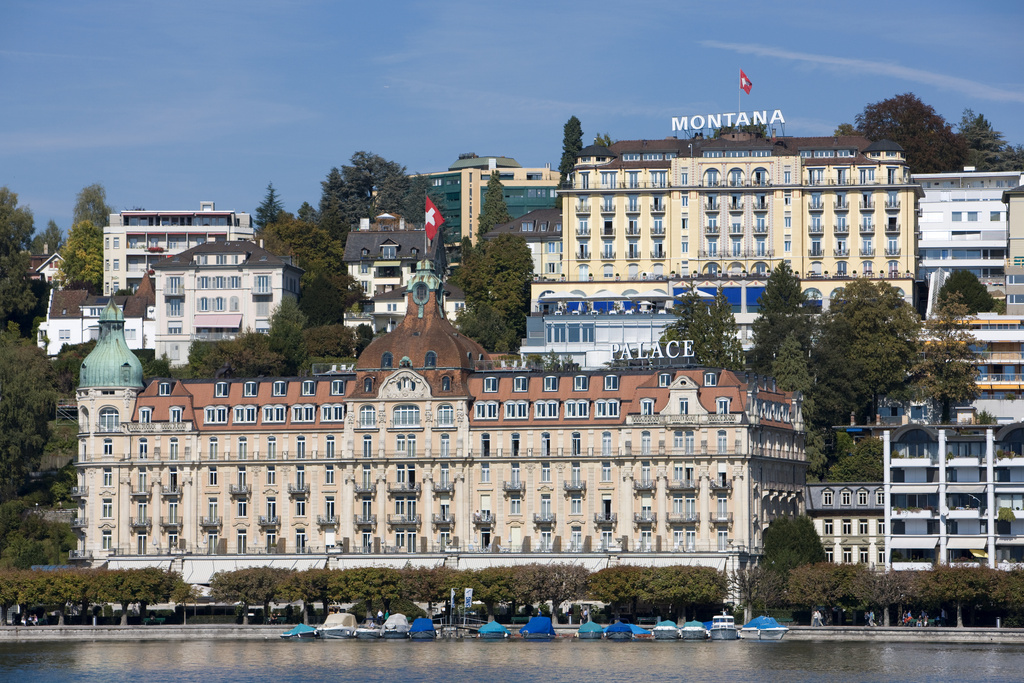
The crisis in the Swiss hotel sector has come to a head in the past few months as cash-strapped businesses let the quality of their properties slide. Many are too small to prosper and lack the right marketing and brand structure.
Tourism in Switzerland is expanding and stagnating at the same time. In the last 30 years the stock of holiday homes has increased, while the number of hotels has fallen. However the number of guest rooms per hotel and of the number of beds overall has grown.
This is not a bad development in itself but it hasn’t gone far enough, experts say. “The large number of small businesses is one of the biggest problems of the Swiss hotel sector,” according to Heinz Wehrle, head of the Swiss subsidiary of Horwath HTL, a leading global chain of hospitality consultants.
“Internationally, the rule of thumb is that hotels with more than 100 rooms are profitable,” Wehrle told swissinfo.ch. But in 1992 the average Swiss hotel had just 42 beds, and by 2009 this had only risen to 50. Roughly two beds are reckoned per room.
Big bucks
This explains why investment within the hotel sector is poorly distributed and inadequate.
“International investors are not interested in investing SFr1 million ($1.093 million) in the Alpenrose and another million in the Golden Lion [typical names of Swiss private hotels],” Wehrle said. “The preparation is just as intensive for an investor whether the project is worth SFr1 million or SFr100 million.”
“And as the return on a SFr100 million project is 100 times greater for the same effort, not many investors are interested in giving the medium-sized hotels a leg up as long as they have large projects as an alternative,” Wehrle added.
Small fry
Modernisation has fallen behind and there’s a huge need to catch up, according to Susanne Daxelhoffer, spokeswoman for the Swiss Hotel Association. But the growth that was seen between 2005 and 2008 is over. In 2008 the total amount of building work carried out in the hotel and restaurant sector cost just under SFr1 billion.
“In comparison with other countries the investment volume in the hotel sector is relatively large,” Daxelhoffer told swissinfo.ch. But she pointed out that a large share of it goes to high-profile single projects, such as the Grand Hotel Dolder in Zurich, Rocks Resort in Laax and Walensee Resort in Unterterzen.
That confirms Wehrle’s analysis of investors’ priorities. Sawiris’ massive new resort in Andermatt with its plan for 3,000 beds is costing an estimated SFr1.5 billion, the Thermes Parc-Les Bains in Val d’Illiez and the Village Royal Aminona in Mollens SFr400 million each, the Suvretta Vision 205 in St Moritz SFr300 million, the same as for the 500-bed Bürgenstock Hotels and Resorts complex.
Daxelhoffer explained that many mid-range hotels put their own profits back into the business. But this money has dried up recently; the turnover in the hotel sector has been dropping for months because of the strong franc, and the consequence of that is that there is no spare money for renovations.
“Bad beds”
Wehrle points out that a “hotel should not be a labour of love but rather a business or a property that makes money”. Seen like that, the use of a building as a hotel is in direct competition with its potential use as a shopping centre, office or apartment building.
“Like property owners, pension funds, for example, demand professional asset management and clear returns.”
At the same time there are many “undead” hotels, as they are known in business. Instead of giving up an unprofitable business and going through a costly bankruptcy procedure that will damage their image, owners drive down quality year after year along with prices. The consequence is that economically unhealthy old hotels continue in business instead of being done away with.
These so-called “bad beds” are not only a danger to themselves: as bargain basement offers they put pressure on the price levels for the whole sector.
New concepts
All things considered, the experts are not unhappy to see the number of hotels in Switzerland falling. The purging is mainly happening at the one and two star level, which is where the small businesses predominate.
The Swiss Hotel Credit Society (SGH) is also contributing to this selection process between the businesses that can survive and those that can’t. Its decision about whether or not to provide bridging finance to small and medium sized businesses in tourist regions often determines a hotel’s fate.
The state-funded SGH, set up in 2003 as part of a federal tourism promotion strategy, grants low interest loans to hotels. It uses its funds to bridge the gap between the money the hotels themselves can put up and classic finance from the bank.
The society is also much in demand for its consulting services and expert assessments.
“In addition to investments in regular building maintenance, more and more hotels are seeking funding for new business concepts, including inter-business cooperation,” the SHG says.
Branding
Business concepts and cooperation are fundamentals in the hotel business, according to Wehrle. But this is something often lacking in Switzerland. “Only 13 per cent of all businesses in the Swiss hotel branch have a brand – a label,” he said.
Those that do are mainly the big hotels. And this is another problem for smaller businesses. If they want investors to put money into modernising rooms, beds and buildings, they need to be part of a worldwide sales network and belong to a loyalty scheme.
After all, the new categories of guest from China, India and other emerging countries have never heard of the Alpenrose or the Golden Lion; what they know are the global brand names of Marriott and Hilton in the luxury sector, and Best Western in the mid-range.
The number of hotels has fallen by some 15% in the past 20 years and now stands at about 5,400.
The number fell sharply in mountain and rural regions and in small towns, but increased in big cities.
In 2011 there were 274,000 hotel beds, 2% more than in 1992.
Of these, 18.3% are in the big cities and 52.5% in the mountain regions.
The bed and breakfast sector, although still very small with just 5,530 beds in 2011, is continuing to grow, attracting guests in particular from within Switzerland (47%) and Germany (20%).
Between 1970 and 2010 the number of tourist arrivals went up by 50%.
However the number of paid overnight stays remained the same.
This means hotel guests have been staying for shorter periods.
The make-up of the guests has also changed: Germans, Austrians and Swiss Germans used to account for more than half of all overnight stays.
In recent years there has been a sharp increase in the number of guests from Asia.
The service sector employs three quarters of the 4.5 million people working in Switzerland.
The 250,000 people working in the hospitality industry make up 5.6% of the entire Swiss workforce or 7.6% of those in the service sector.
Women account for 56.3% of those working in hospitality.
There is also a high proportion of foreigners in the industry: 42.1%, compared with 25% in the workforce as a whole.
An unqualified worker in the industry is entitled to earn at least SFr3,400 per month while qualified workers should get at least SFr4,800.
(Translated from German by Clare O’Dea)

In compliance with the JTI standards
More: SWI swissinfo.ch certified by the Journalism Trust Initiative

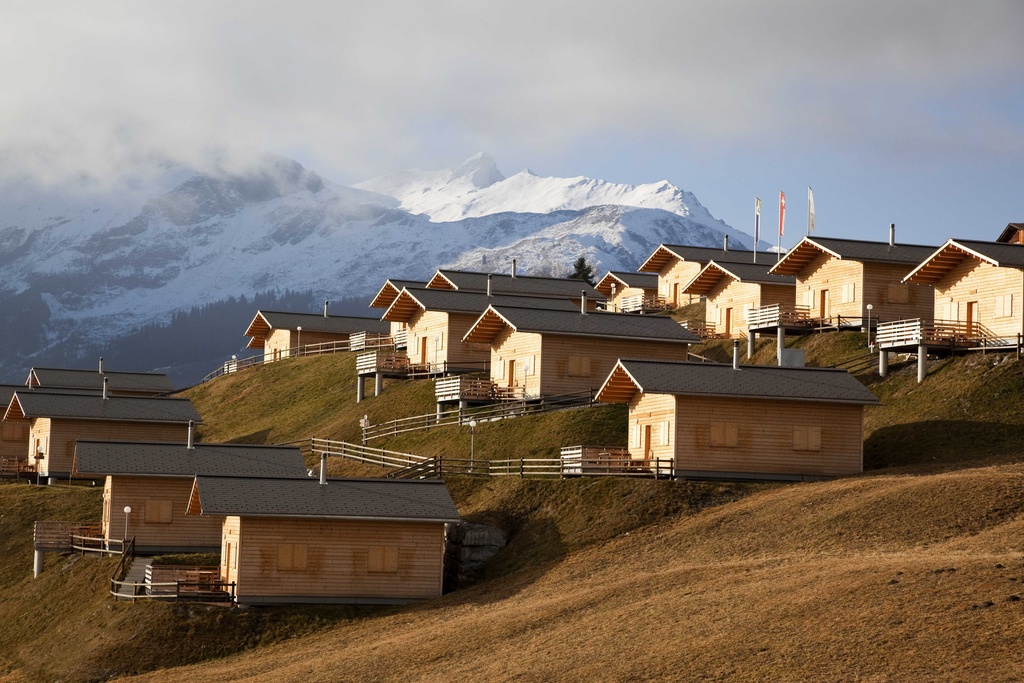
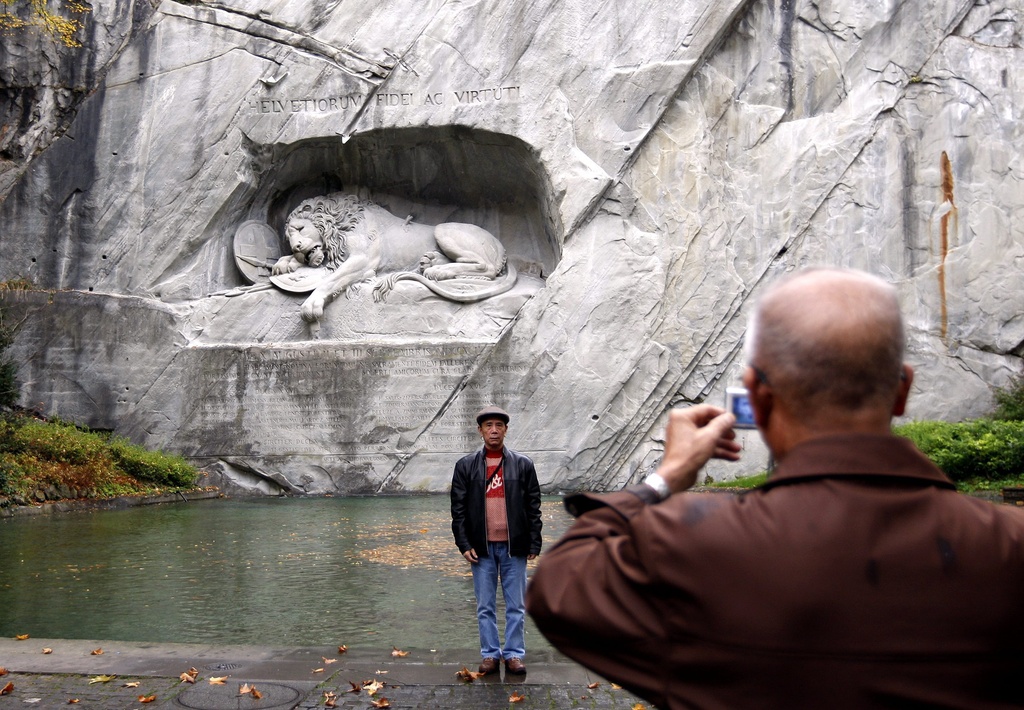
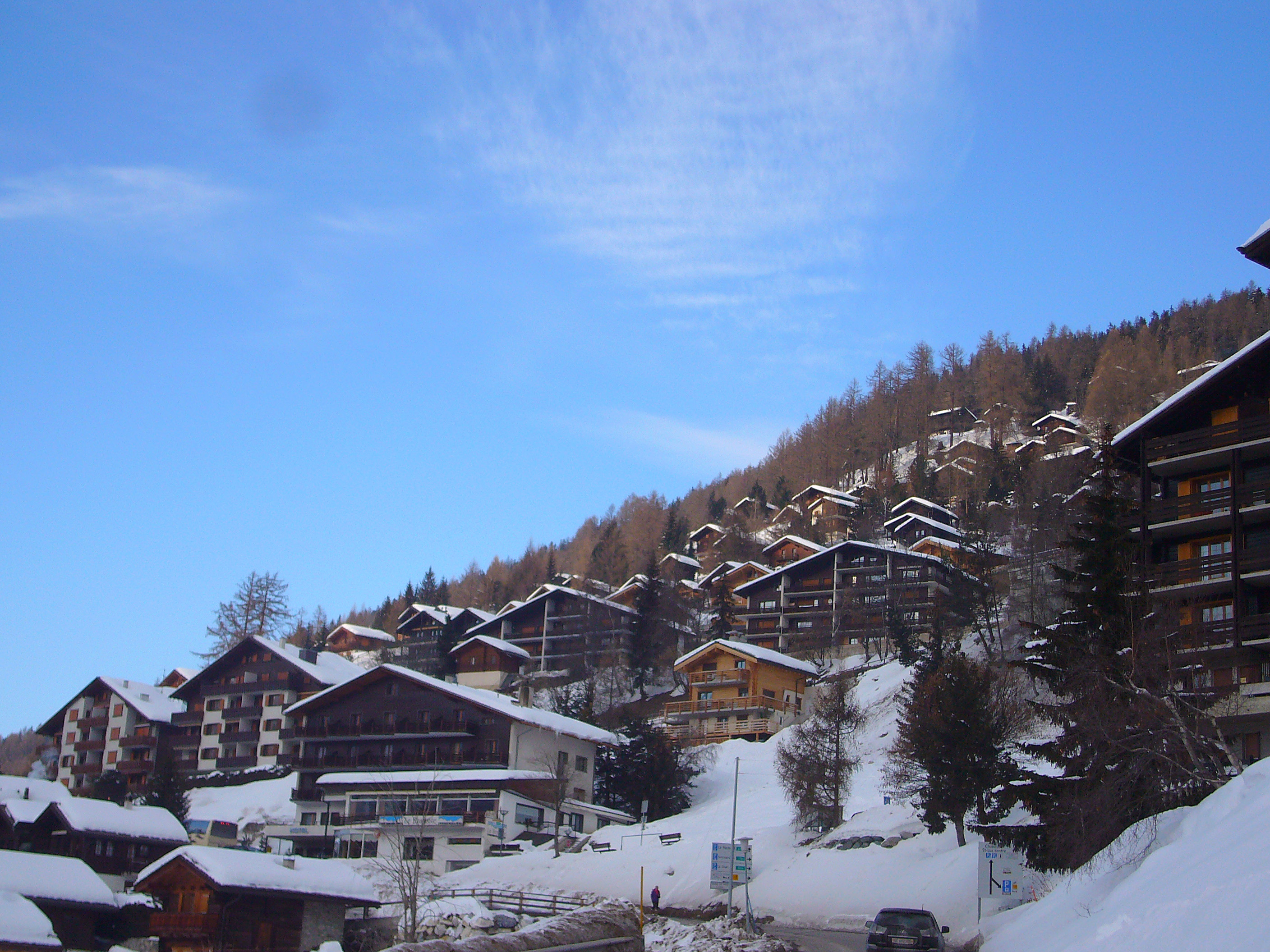
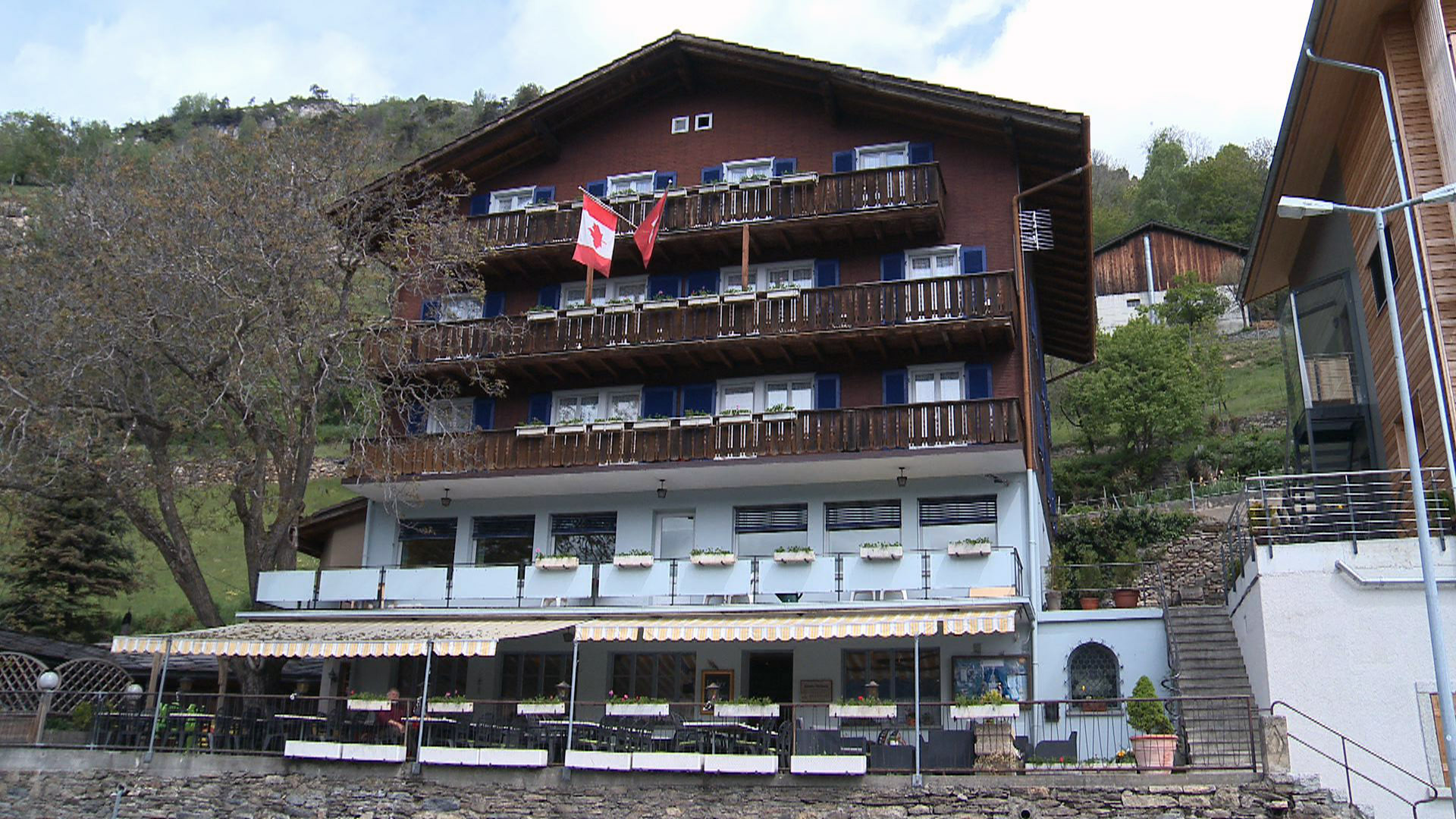

You can find an overview of ongoing debates with our journalists here. Please join us!
If you want to start a conversation about a topic raised in this article or want to report factual errors, email us at english@swissinfo.ch.